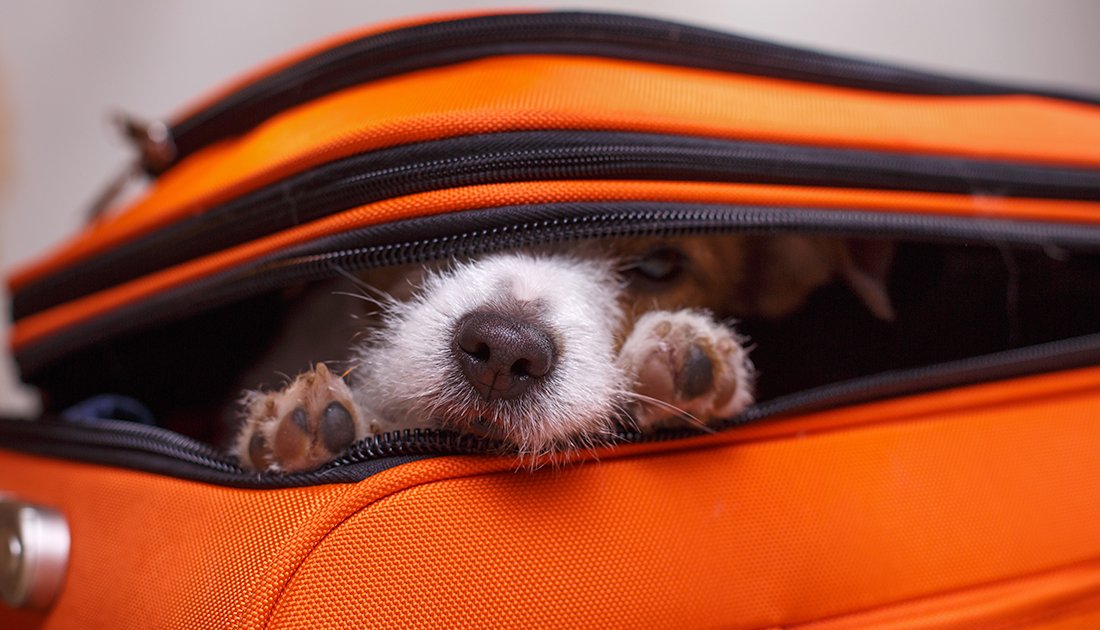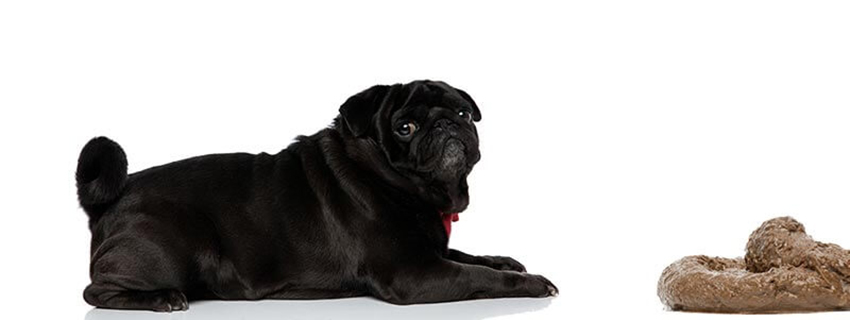The list was conducted by the QS World University Rankings by Subject. This Top 5 list highlights the best Veterinary Colleges in the US ranked by the research impact of the institutions, employer reputation, and academic reputation.
1. UC DAVIS – COLLEGE OF VETERINARY MEDICINE
The College of Veterinary medicine at the University of California – Davis is rated the best Veterinary School, not only in the United States but on the globe as well. The college is of public type and it was founded in 1948.
UC Davis – CVM offers a couple of degrees, such as DVM (Doctor of Veterinary Medicine), M.S. (Master of Science), Ph.D. (Doctoral degree, Doctor of Philosophy), M.P.V.M. (Master of Preventive Veterinary Medicine), along with a joint DVM/Ph.D. degree.
Students from the State of California are required to pay an annual tuition of approximately 35.000 $, and for students originating out-of-state, the costs are around 47.000 $. For both domestic and non-domestic students the fees for books, supplies, room, and board come up to 20.000 $ per year.
Each year around 750 new students applies, of which only 19 % get enrolled and become students at the veterinary college.
The admission requirements for the college are personal statements, transcripts, interviews with the applicant’s, three letters of evaluation, graduate record examinations (GRE) with a minimum 324 average score, grade point average (GPA) with a minimum 3.70 average score, and experience in the fields of veterinary medicine, animals and biomedicine.
Prerequisite course for enrollment is General and Organic Chemistry, General Biology, Biochemistry, Physics, Social Sciences, and Humanities.
The performance rate of the post-graduates at the UC Davis – College of Veterinary Medicine is astonishing 96 %, which is a clear fact of the quality of schooling here.
2. CORNELL UNIVERSITY – COLLEGE OF VETERINARY MEDICINE
The Cornell University is a private institution, founded in 1871 in Ithaca (NY). By the criteria, its the second best veterinary college in the United States. Future graduates and postgraduates can acquire one of the three offered singular DVM, M.S. and Ph.D. degrees, and two joint DVM/Ph.D. and DVM/MPH degrees.
In-state students pay annual tuition of around 32.000 $ and students out of the state pay 16.000 $ more. The cost for room and board are equal and come up to 8.600 $, and an added 1.000 $ are required for books and supplies.
Besides 3 letters of evaluation, and experience in animal, biomedical and veterinary field, personal statement and transcript, the applicants need to have a minimum average GRE of 276 and GPA of 3.80. Both international and transfer students can apply for enrollment.
Pre-requisite courses and subjects include Organic and General Chemistry, English Composition, Biochemistry, General Biology, and Physics.
Even though the College is ranked second best in the world, the average pass rate for the license exam is 100% successful, more than UC Davis.
3. TEXAS A & M – COLLEGE OF VETERINARY MEDICINE
The College of Veterinary Medicine at the Texas A & M University finds its pace at the top 3 colleges. The program initialized in 1916 and the college is public.
The degrees offered at Texas A & M – College of Veterinary Medicine are DVM, M.S. and Ph.D., and the DVM/MBA degree. Different than the previous listed is the Veterinary Technician Joint Degree. More about the difference read at Veterinary Doctor vs. Veterinary Technician article.
The tuition fees are a bit less than the other colleges and come up with 20.000 $ for in-state and 31.000 $ for out-of-state students. Room and board utilities, along with books and supplies cost around 12.000 $ annually.
The enrollment rate is 28.7% and the total of enrolled students is 146 per year.
As usual, the admission requirements involve three letters of evaluation, minimum average GRE of 312, experience in the fields of interest, interviews and personal statements.
Besides the usual ones (chemistry, physics, biology, English composition, humanities etc…), The Texas A & M – College of Veterinary Medicine requires prerequisite 3 semester hours of Math.
The pass rate for license exam is 98%.
4. COLORADO STATE UNIVERSITY – COLLEGE OF VETERINARY MEDICINE
The College is a public institution and was found in 1870 and takes the fourth place on the top 10 list. While being the fourth in the USA, it’s position on the top-of-the-world list is 13th.
Available degrees at the college are DVM, M.S., and Ph.D., moreover the joint degrees DVM/MPH, DVM/MBA and DVM/Ph.D.
Again, it’s more affordable than the top 2, with an annual tuition of 11.500 $ for in-state and 25.000 $ for out-of-state students. The students need to pay around 700 $ annually for books and supplies and 9.600 $ for room and board.
The rate of enrollment is as low as 8.9 %, with only 138 students being accepted.
The minimum average GPA required is 3.60 and the minimum average GRE is 310. Other admission requirements are 1 letter of evaluation, transcripts, and a bachelor’s degree.
The prerequisite courses are identical to the ones at the Texas A & M’s College.
The College of Veterinary Medicine at Colorado State University has a lower exam pass rate of 85%.
5. UNIVERSITY OF MINNESOTA – COLLEGE OF VETERINARY MEDICINE
The College of Veterinary Medicine at The University of Minnesota TC represents a public institution founded in 1947. On the world rankings of best Vet Med Schools, it takes the 13th place.
There are four degrees offered at the college: DVM, M.S., Ph.D., and DVM/Ph.D.
It is one on the costly colleges with an annual tuition of 33.800 $ for in-state and 58.300 $ for out-of-state students. Additional fees include 11.000 $ for room and board and 2.000 $ for books and supplies.
The number of enrolled students per year is 102 at a rate of 11.2%.
Along with transcripts and 3 letters of recommendation, the applicants need to have a minimum average GPA of 3.70 and minimum average GRE of 310.
Required prerequisite courses include English Composition, General and Organic Chemistry with Lab, Physics, Biochemistry, General Biology, Math, Humanities and Social Sciences.
The performance rate on the veterinary licensing exam is 95% for students coming from the institution.





